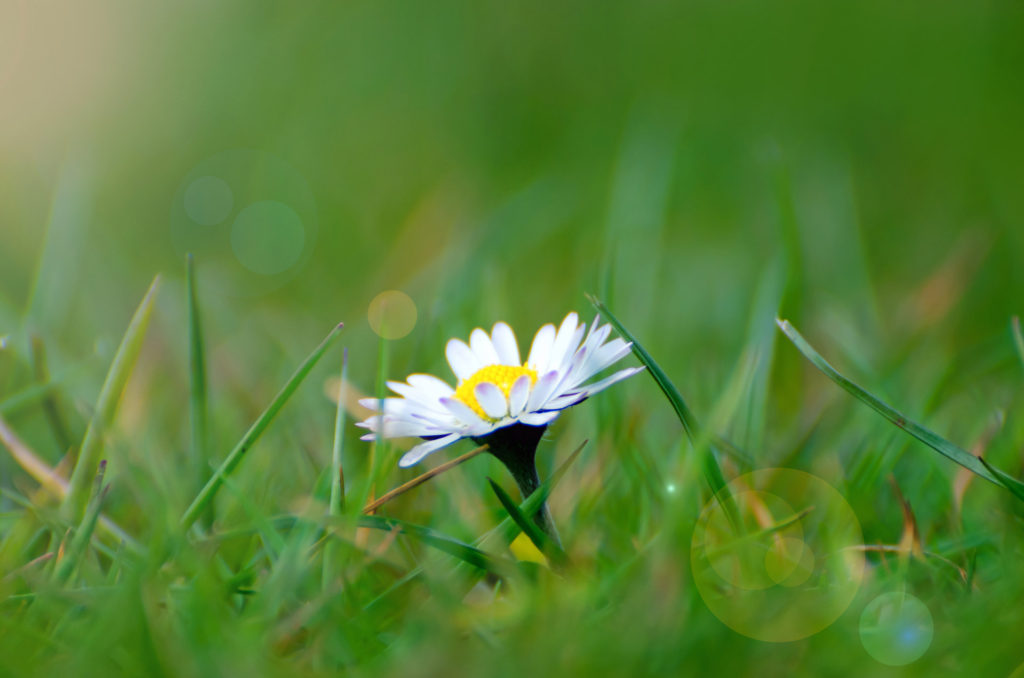There are many reasons as to why you may want to dabble with still life photography, and every artist has their own reasons. Professionals like Charles Nucci, for instance, aim to create images with a difference, taking the ordinary and turning into the extraordinary. You may have a similar artistic vision, or perhaps you simply want to sell your old handbag on eBay. Either way, learning how to take great shots is a very useful skill.

One of the great things about still life photography is that you can literally shoot anything. A stained teacup can look as beautiful as a fresh bouquet of flowers, for instance. It is all about taking something standard and turning it into something amazing. This is challenging, but also a lot of fun and something that will teach you a great deal about photography as a whole. Let’s take a look at some of the skills you need, or will improve in.
Lighting
Key to a good still life photograph is getting the light right. You may not be able to afford a light box or soft box, however. Luckily, you won’t have to, although you can make one out of materials you probably have at home. A soft box will help you to make sure your subject is evenly lit. Natural light is incredibly beautiful as well, and all you need to do for that is go outside. If the sky isn’t covered in low cloud, you can get the light you need and the shadows will be much softer.
Composition
One of the key things of important in still life photograph is the composition. It is about placing other items, objects, and effects around the subject of your picture in the right way. There are numerous “rules” that you can read up on, such as the Frame Within a Frame, the Leading Lines, and the Rule of Thirds. Experiment to find what works for you.
Frame Filling
Next, you have to make sure that you frame your subject properly. While other items may be around it for composition, they should be all but invisible. After all, a still life photograph focuses on one object only, and everything else is just background. You achieve this by making sure your subject is properly positioned.
Finding the Angle
The last thing you have to figure out is the angle that works for you. Generally speaking, if your still life is a living being, you need to go at eye level with them. Indeed, levelling your camera to the subject is usually the recommended thing to do. However, that doesn’t mean you can’t change the angle somewhat, particularly from left to right. You can also do this if you want to create a special effect. For instance, something short can be made to look elongated by shooting from the bottom up.
For people like Charles Nucci, the most important thing is to experiment. Shoot as much as you can and simply discard what didn’t work. This may require patience, but it is a fantastic learning curve.